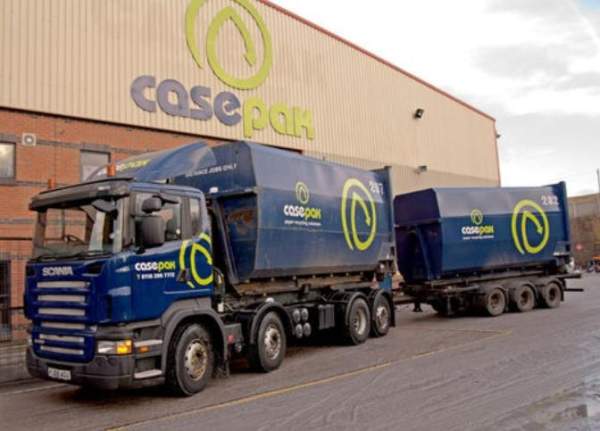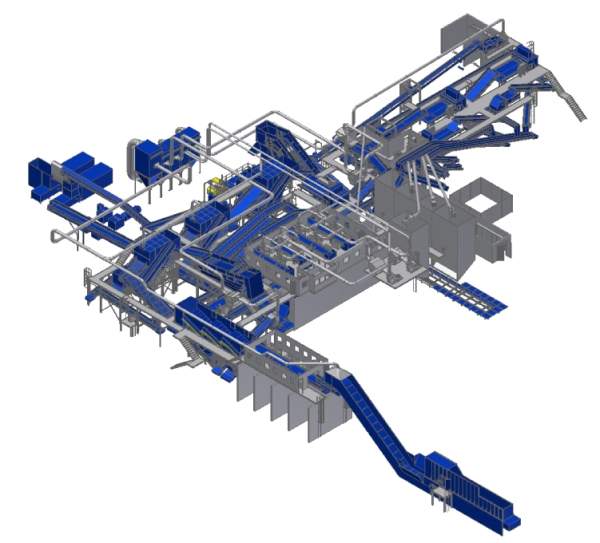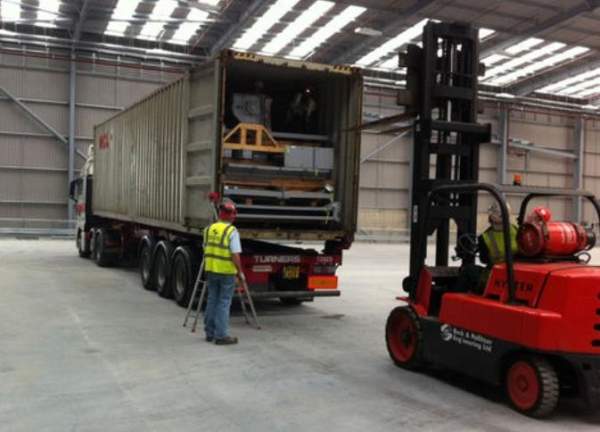Casepak opened its new £21m materials recovery facility (MRF) in Leicester, UK, in September 2011, seven months after the construction began.
The new facility, located in the Braunstone Frith Industrial Estate, can process 150,000t of dry mixed recovered materials annually. It can process a range of materials including paper, cardboard, plastic, glass, steel and aluminium, at rates of 26t/h.
The Leicester plant has been built on a 13.6 acre site with a built-up area of 145,000ft2. It can recover 95% of material as a resource at the highest purity levels. The recovered material is sold to reprocessors to convert it into new products and materials.
Casepak is owned by G.A.E. Smith (Holdings) and SCA Recycling. The new facility was built to increase the recycling rates of Walsall Metropolitan Borough Council. New legislations stipulate recycling rates need to exceed 55%. The Leicester facility helps in achieving this target and meeting future demand for sorting and processing.
Equipment installed
The MRF is equipped with the latest screen and optical sorting technology to recover material. The equipment has been designed and installed by Bulk Handling Systems.
It includes a 50-100mm bypass screen which can identify and recover compacted materials and a de-inking screen which helps in sorting and recovering fibre grades.
A mixed fibre optical screen, a film handling system and a full optical container unit for plastics form part of the plant.
The facility features a dedicated and modern baling press used for processing the recovered material.
Process
The first step of the recovery process is passing the material through a metering bin, which ensures smooth flow of the materials into the system. The bin is fitted with carbide teeth to tear and open bags passing into the system.
From the metering bin the materials are passed into a pre-sort cabin where workers manually remove oversized items and other materials such as plastic film.
The material is then passed through an OCC screen. Any cardboard present in the material is first separated and directed towards a storage bunker for bailing. The OCC screen contains three sections to separate material of various sizes, including 0-100mm, 50-100mm and greater than 100mm.
The 0-100mm material is passed through a debris roll screen which picks up small sized material such as glass and shredded paper. After being separated, this material is passed through a glass clean up system which separates non-glass material using magnets and aspiration. The recovered glass from the system is diverted towards storage bunkers to be sold to reprocessors.
Material which is 50-100mm in size usually includes newspapers, magazines, plastic cans and bottles. This material is processed through the NewSorter screens which first separate the newspapers and magazines from the other material.
The newspapers and magazines are then passed through a de-inking screen which removes any rigid paper present such as cardboard packaging. They are then sent to the quality inspection cabin where the paper is checked for quality and presence of plastic film.
Any plastic film present in the newspapers and magazines is removed and transferred to dedicated processing bays. The processed newspapers and magazines are sent to a storage bunker for collection by reprocessors.
The material remaining after removal of newspapers and magazines is then passed through a polishing screen. Here, mixed papers from the material are removed from plastics and cans. The papers are sent to the de-inking screen and then to the quality inspection cabin where the paper is manually and optically sorted to remove any non-paper material.
The plastic cans and bottles are sent to the container sorting section. This section includes a pre-sort cabin to ensure the removal of plastic film and other waste materials. Following the removal of unwanted material, the plastics and cans are recovered through various automated technologies.
An electro-magnet is used to recover tins and cans and an eddy current separator is used for aluminium cans, foil and aerosols. Separate optical sorters are used for recovering clear and light blue PET bottles and trays, clear and natural HDPE bottles and other mixed plastics.
All materials recovered during this stage pass through further inspection to ensure their quality. The material is then sent to storage bunkers and bailed. The non-target materials remaining after this stage are sent to dedicated residue compactors.
Contractors
IC Electrical installed power and control cabling, electrical containment systems and provided testing and commissioning services to the facility.






